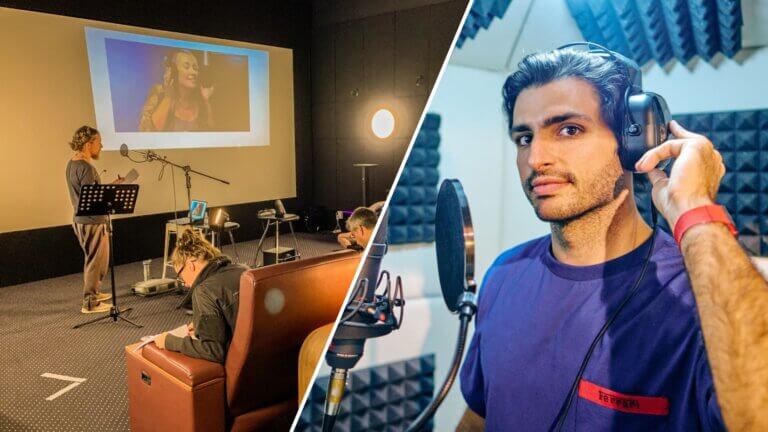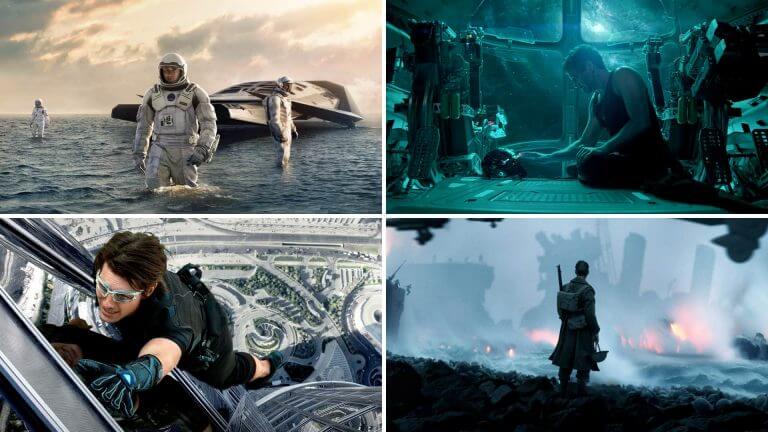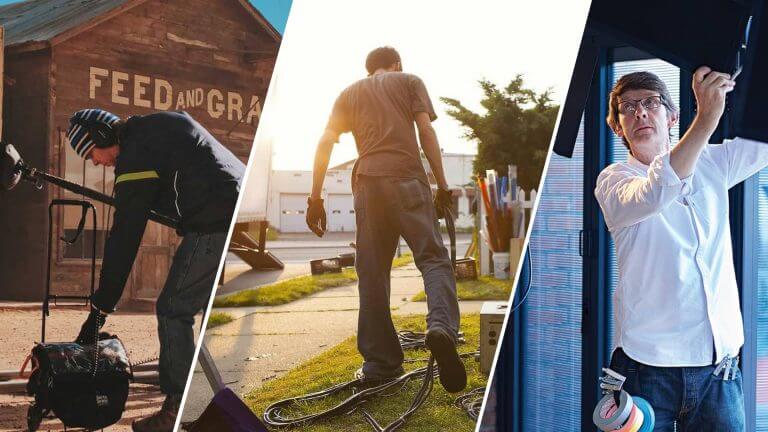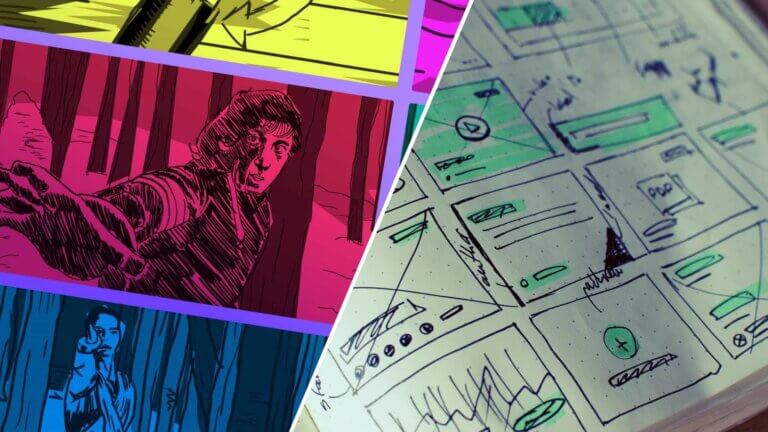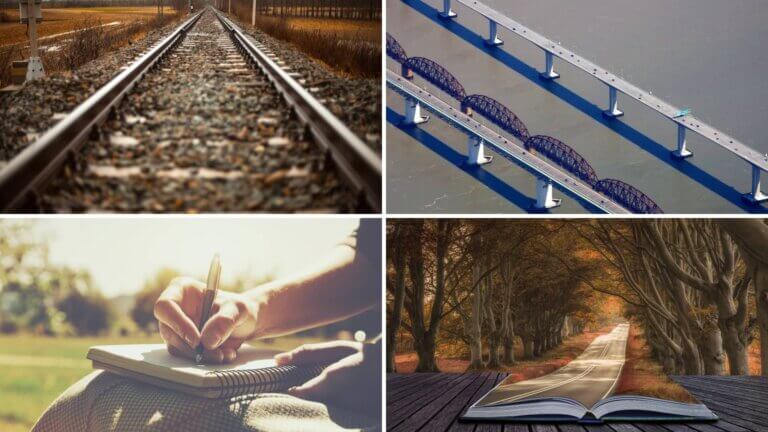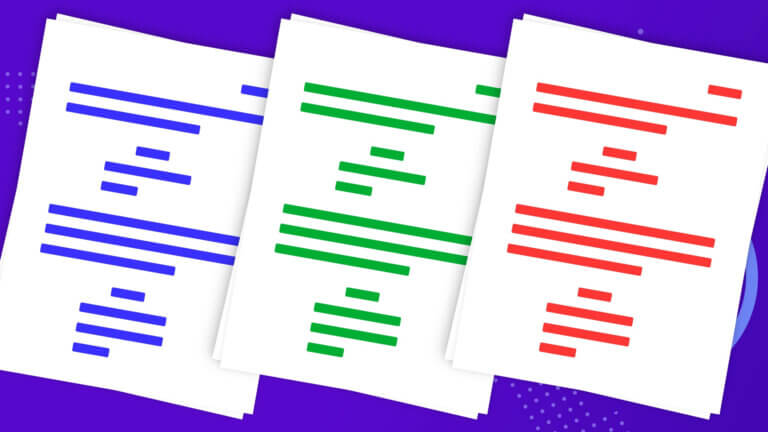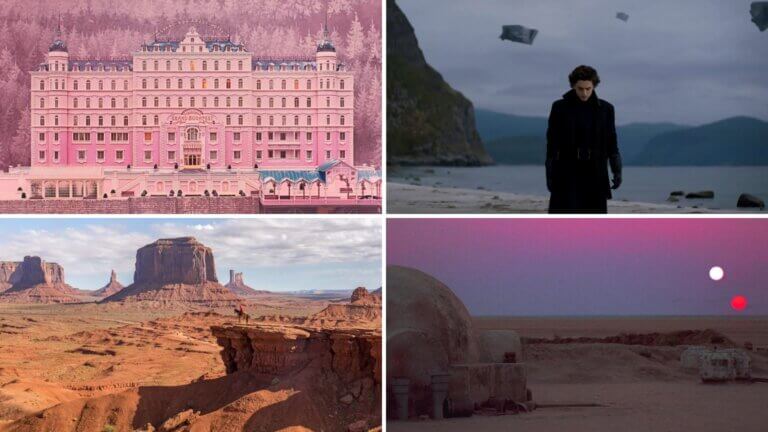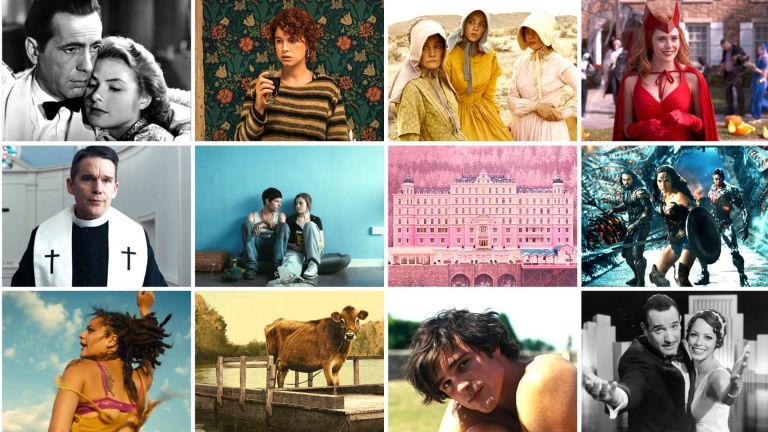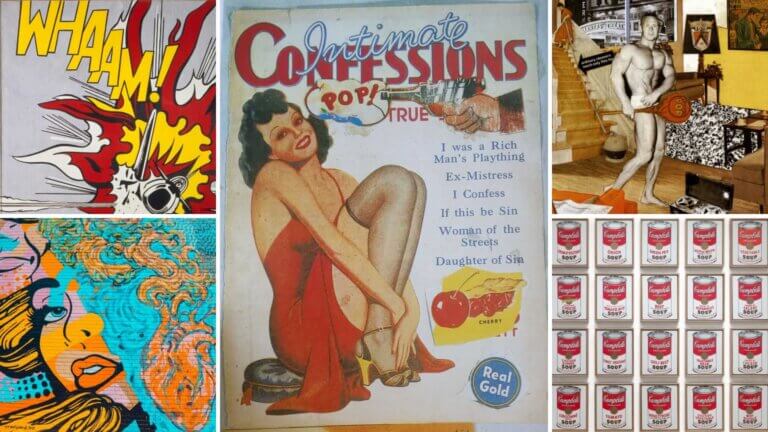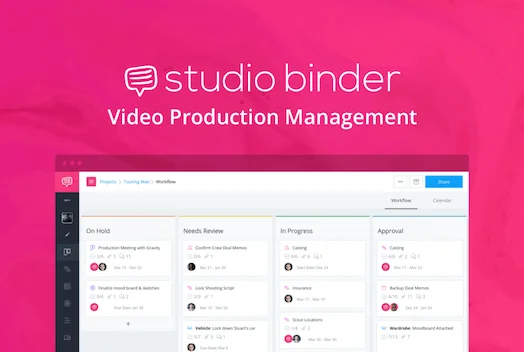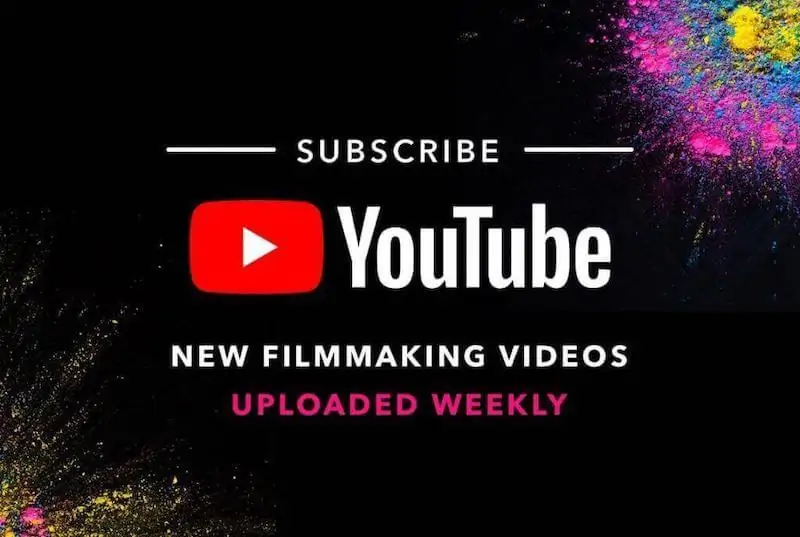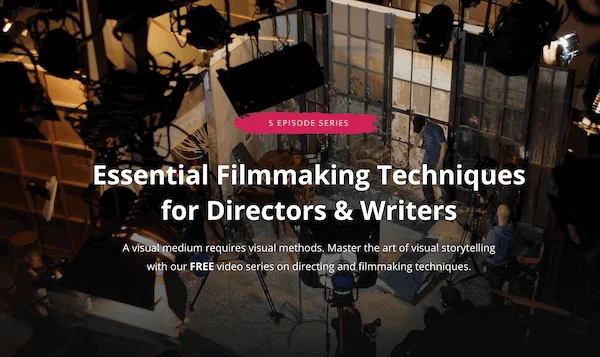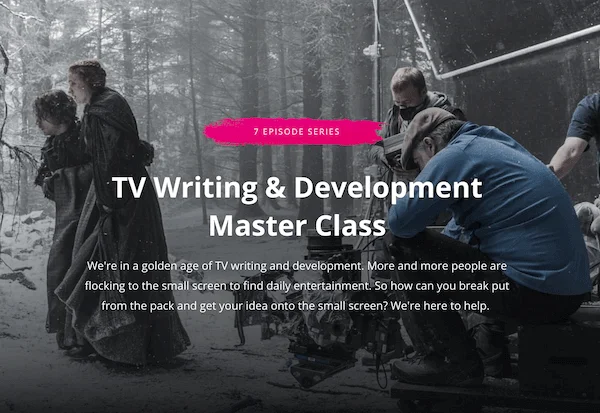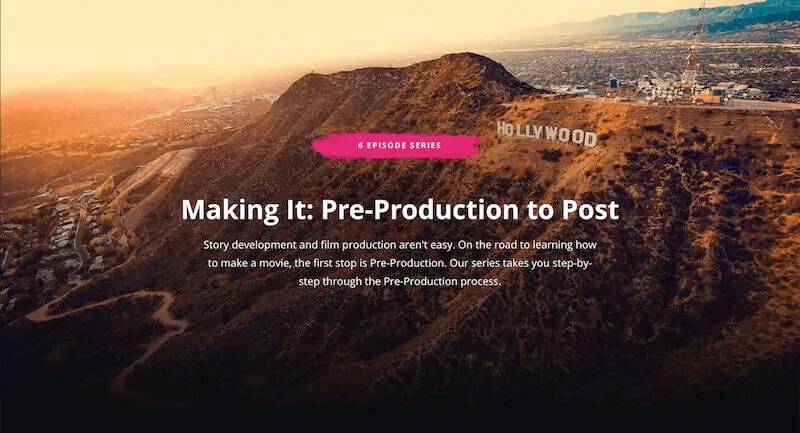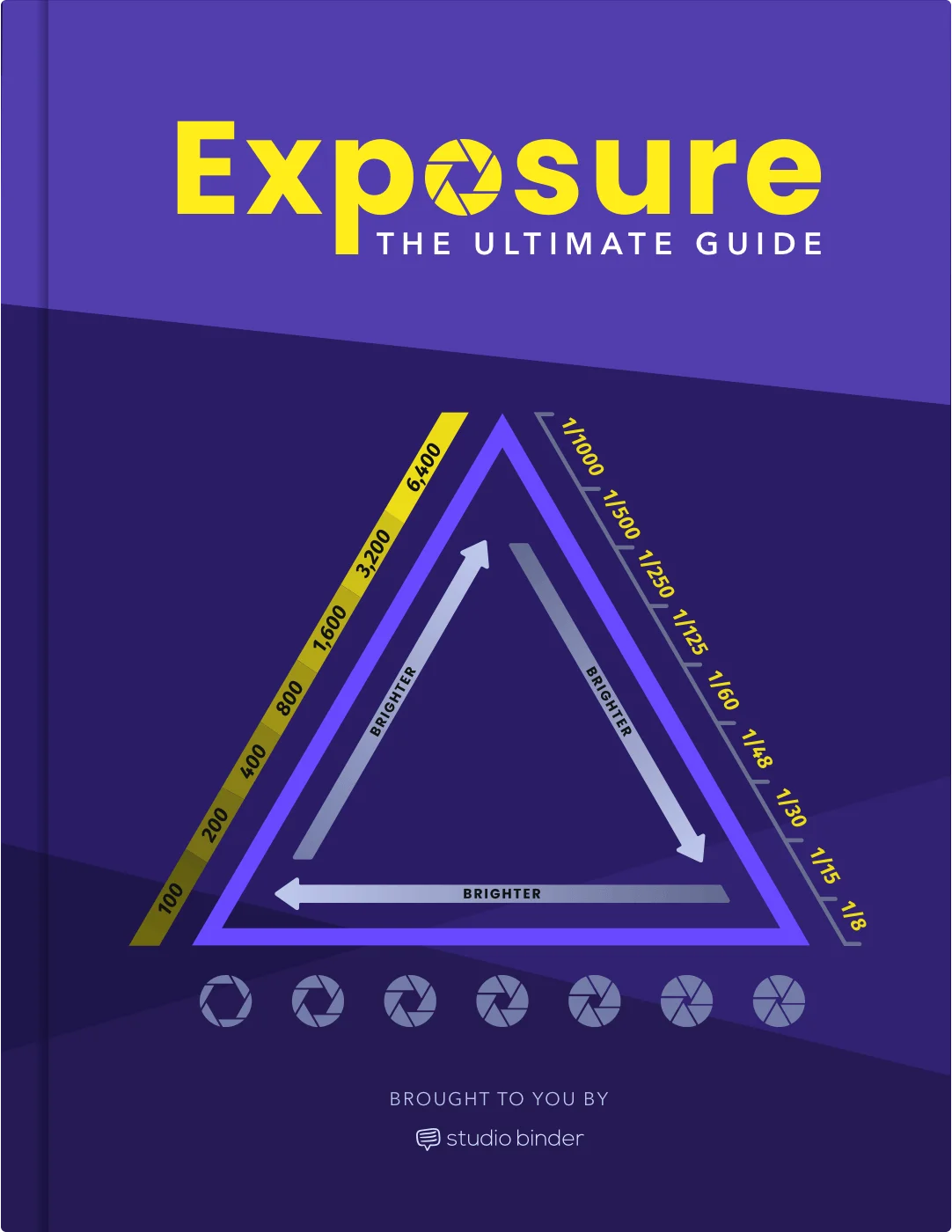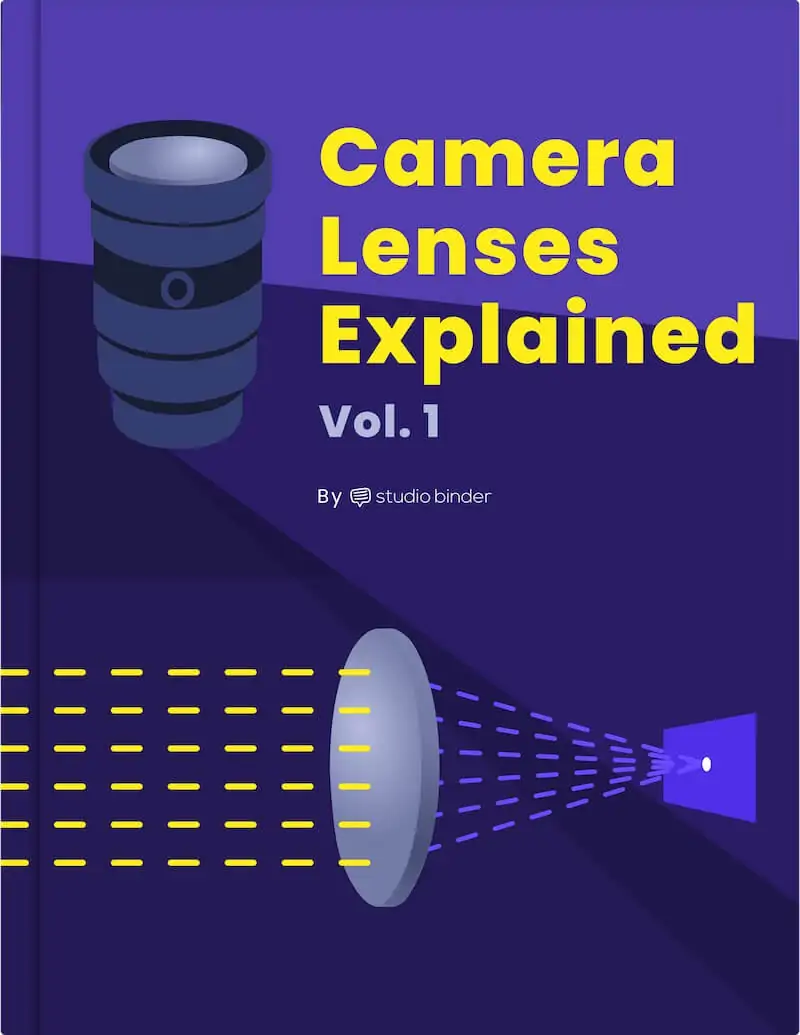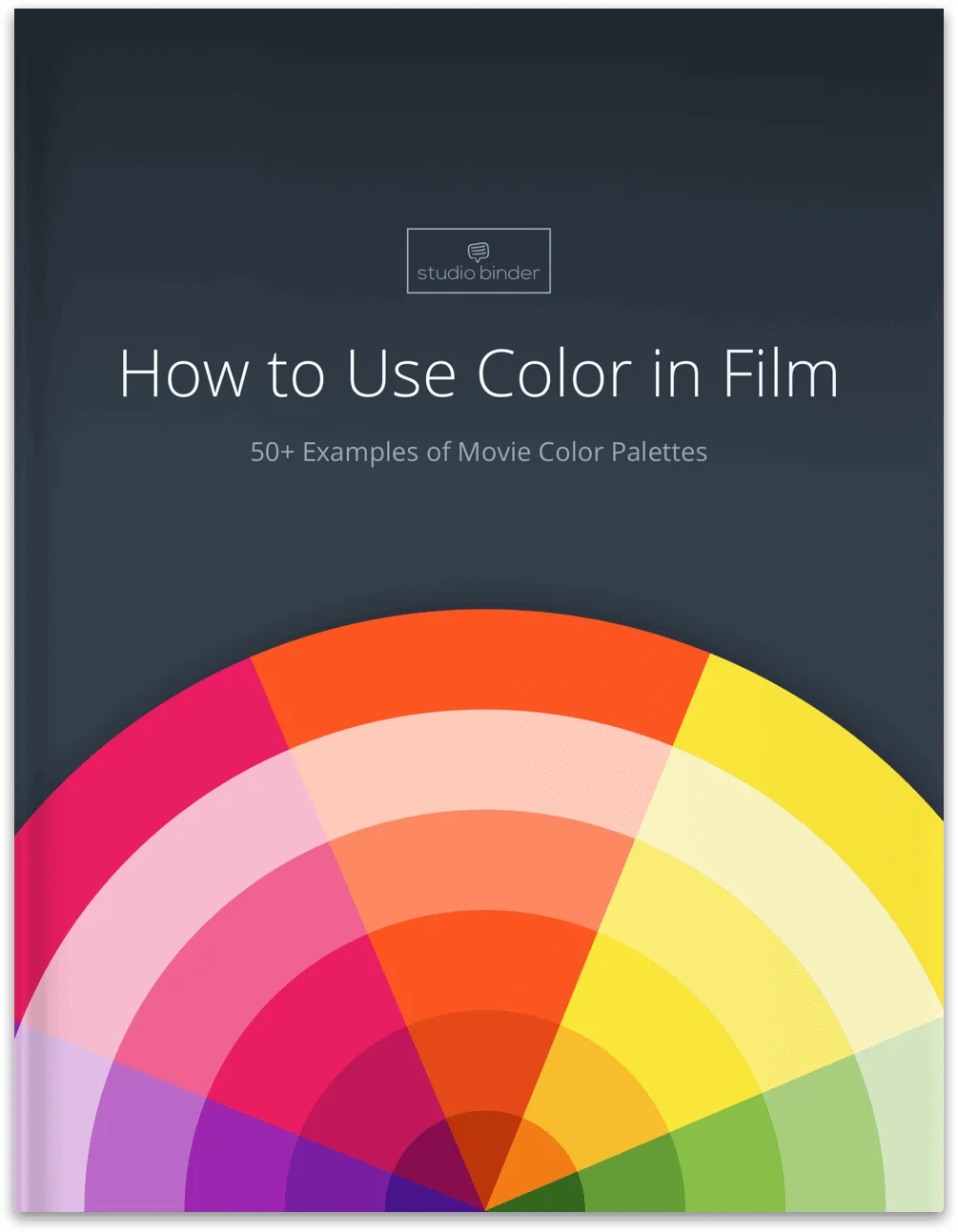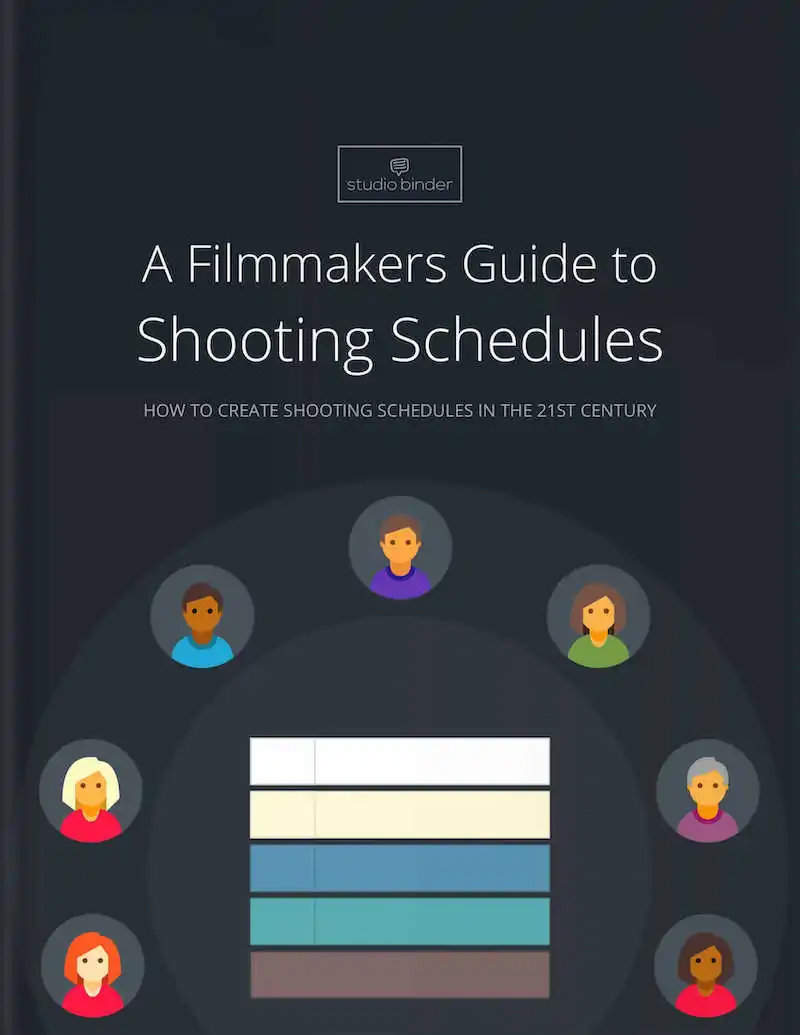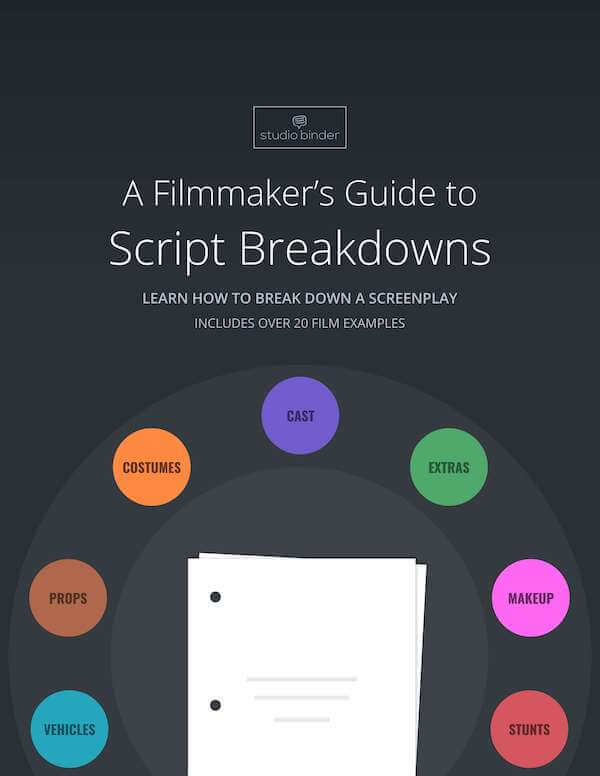Do you hear any disembodied voices right now? How about when you’re watching a movie, show, or commercial? Have you considered that what you’re hearing is known as a voice over? They show up all over media, either for entertainment or informative reasons; from your television to even your phone when you’re put on hold. So what is voice over, where have you heard it, where did it come from, and what does it mean today?Continue reading What is Voice Over — Definition and Examples in Film
By this point in time, there is a strong chance you have at least heard of IMAX. It’s often sold to potential customers as the most immersive way to watch a movie, featuring a larger-than-average screen and the highest quality imagery and sound. The ticket price is higher, too. But what is IMAX, and how did it go from a speciality format often seen in museums to a common option found at many multiplexes?Continue reading What is IMAX and How It Changed the Way We Watch Movies
Most movies tell a story with a beginning, middle, and end. Many of those narrative features tell the story of a single individual that can span a certain amount of time, ranging from a few days to a few decades. Some of those focused narrative movies are also memoirs, which can include original and adapted screenplays. But what is a memoir and how can you identify one?Continue reading What is a Memoir — Definition, Examples in Literature & Film
How many times have you watched a movie’s end credits and asked “What’s a Best Boy?” Among the many credited film crew members on a production, the Best Boy title might be one of the most curious, simply because the title indicates so little. You probably have questions like “What is a Best Boy?” and “What does a Best Boy do?” And luckily, we have answers.Continue reading What is a Best Boy in Film? Job Description and Duties Explained
Storyboards are an integral part of making movies. They are also a clever way to showcase an idea, whether it’s for a film project, video game, or television commercial. Even though storyboards can vary in their presentation, they must always present information for everyone in an easy to understand way, often in the form of storyboard notes. But what are storyboard notes and why should you make sure to have them?Continue reading Storyboard Notes — A Guide to Making Storyboard Annotations
In speeches, in poetry, in literature, you may have come across a grammatical and rhetorical technique known as parallelism. It is famously known for its use of repetition, its use of emphasis, and its use of persuasion. Writers and politicians use parallelism in different ways for different reasons, as do authors and poets. But what is parallelism? How can you identify it and how can you use it in your writing?Continue reading What is Parallelism — Definition and Examples for Writers
Writing a script isn’t easy, and getting one approved for filming can be just as tough. However, if your script does get greenlit, that means it’ll be in the hands of producers and filmmakers so that the words on the page can come to life. But this same process can involve rewrites, tweaks, changes, omissions — in short, revisions. And with revisions come script colors, which let everyone on set know which version of the script they’re now on. So what are script revision colors, what makes them important, and what do they usually look like?Continue reading What are Script…
What is something each and every story ever told has in common? If you guessed “a setting,” you’d be correct! When your narrative involves characters and motivation, a setting is almost always a given. Sometimes a setting is massive and expansive, while other times it’s small and intimate. So what is a setting, what does setting mean, and how can it be presented, identified, and crafted? We’ll go over a basic setting definition before embarking on an adventure full of helpful info and setting examples. Continue reading Setting Examples — How to Use Time and Place in Film & Lit.
Long ago, when all television screens and computer monitors looked alike, they shared the same aspect ratio of 4 by 3. It dominated the way early cinema and television looked, but it was not meant to last. In the 21st century, new and emerging technology has resulted in more aspect ratios, like 16:9, leaving 4:3 as somewhat of a relic. But what is 4:3 aspect ratio, how did it get started, and why has it started popping up again in some movies? Continue reading What is 4:3 Aspect Ratio — And Why Do Filmmakers Still Use It?
Colors. Commodities. Counter culture. What is Pop Art? Even if you don’t know it by name, you have no doubt seen it here and there, either directly or indirectly. It was born from artists rejecting tradition in favor of modernity, in turn creating a new form of art that looked so much like the barrage of advertisements consumers of the mid-20th century were already used to. Here we are going to provide a Pop Art definition, cover Pop Art artists, and provide examples, some of which are super famous and others that are less so. Continue reading What is Pop Art…
